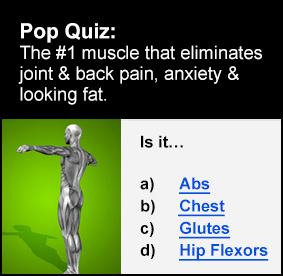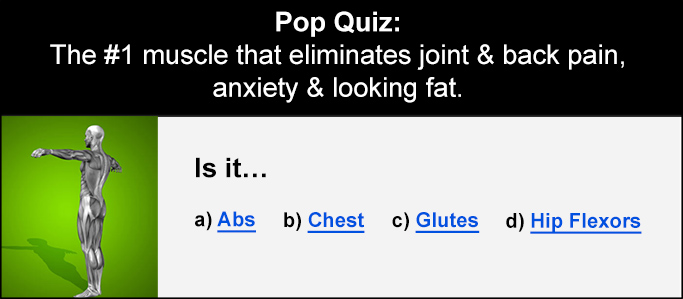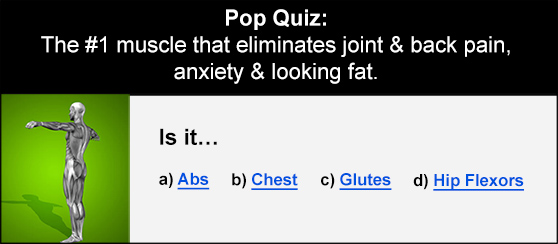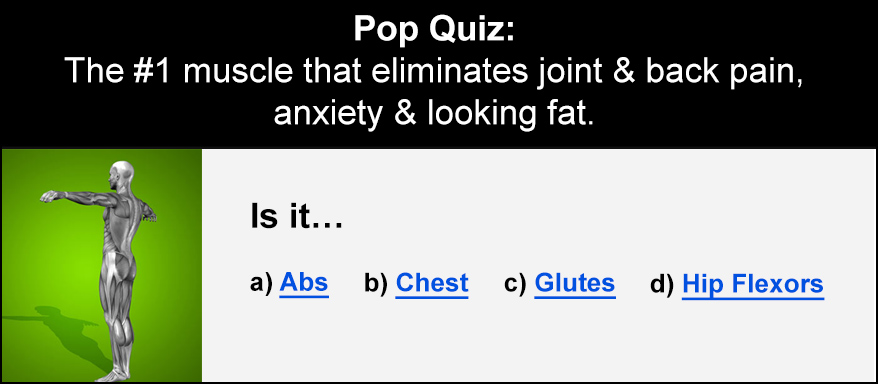Belly fat, particularly visceral fat, is more than just a cosmetic concern—it poses serious health risks. Visceral fat surrounds vital organs and is linked to conditions like heart disease, diabetes, and high blood pressure. Reducing this type of fat is essential for improving overall health.
Fortunately, science offers effective methods to tackle belly and visceral fat through diet, exercise, and lifestyle changes. In this post, we’ll explore research-backed strategies to help you reduce belly fat [1] and improve your health.
What is Belly Fat vs. Visceral Fat?
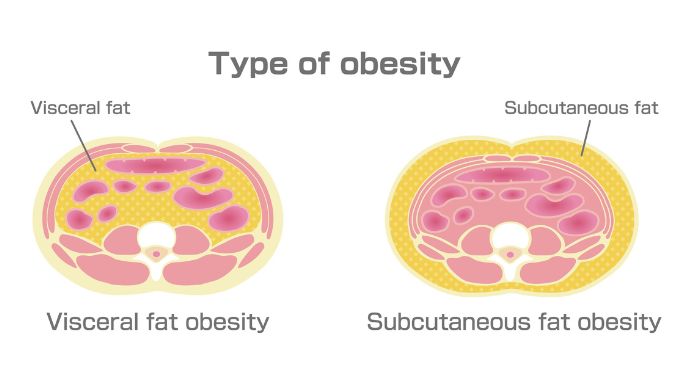
There are primarily two noticeable types of fat in the belly area:
- Subcutaneous fat: Fat stored just beneath the skin.
- Visceral fat: Fat stored deeper inside, around the organs, which is more dangerous and linked to diseases like type 2 diabetes and heart disease.
Belly fat includes subcutaneous and visceral fat, with the latter being more dangerous due to its proximity to vital organs. It can be either subcutaneous fat (the fat just under the skin) or visceral fat (fat stored deeper around internal organs).
Moreover, visceral fat is the more dangerous type, as it surrounds critical organs like the liver, pancreas, and intestines. Visceral fat is more metabolically active [2] than subcutaneous fat and is strongly associated with metabolic imbalances, such as insulin resistance.
Visceral Fat and Risk for Disease:
- Fat stored in the central region of the body (visceral fat) is particularly harmful and linked to increased risks for diseases such as diabetes, cardiovascular conditions, hypertension, and some cancers.
- Visceral fat is strongly associated with insulin resistance through the release of pro-inflammatory cytokines, as supported by studies in endocrinology journals, a condition where the body’s cells become less responsive to insulin, leading to higher levels of insulin in the bloodstream (hyperinsulinemia), a condition that can magnify the harmful effects of visceral fat.
How Visceral Fat Differs from Subcutaneous Fat?
While subcutaneous fat is easier to pinch and less harmful, visceral fat is more concerning because it’s stored deeper within the body, near vital organs. This type of fat is metabolically active and releases hormones and chemicals that can disrupt the body’s normal functioning [3], unlike subcutaneous fat, which primarily serves as energy storage.
Cardio Exercises (Aerobic Exercises)
Aerobic exercise is especially effective at reducing belly fat and overall body fat. To target belly fat and visceral fat, a combination of aerobic (cardio) exercises and strength training is most effective. Here are some options that are considered the best exercise for visceral fat loss:
- Walking or Brisk Walking: This low-impact exercise can help burn calories and reduce fat, including visceral fat.
- Running or Jogging: High-intensity cardio that helps burn a lot of calories and fat.
- Cycling: Both outdoor cycling and stationary cycling are great for burning calories and targeting fat.
- Swimming: An excellent full-body workout that helps burn calories while being gentle on the joints.
- Jump Rope: A high-intensity cardio exercise that can burn a lot of calories in a short amount of time.
- High-Intensity Interval Training (HIIT): Short bursts of high-intensity activity followed by brief rest periods. It’s particularly effective for burning belly fat and increasing metabolism.
Strength Training Exercises
1. Planks
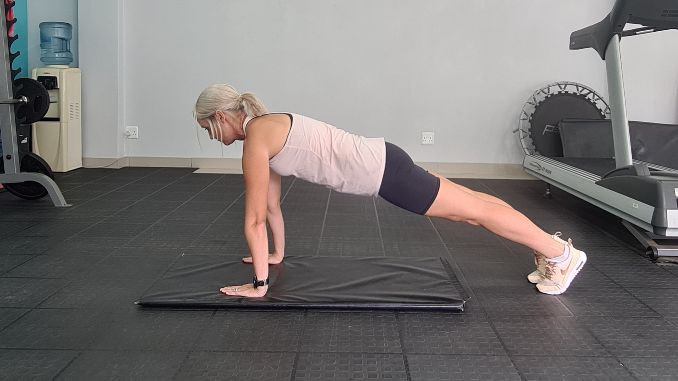
- Move into a four-point position, with your knees below your hips and your hands beneath your shoulders.
- Tighten your core. Move into a full plank position, maintaining proper alignment with your head, shoulders, hips, and toes.
- Hold this position for 30 seconds to a minute.
- Take several deep belly breaths, in through your nose and out through your mouth.
- Relax and return to the starting position. Repeat the movement.
2. Bicycle Crunches
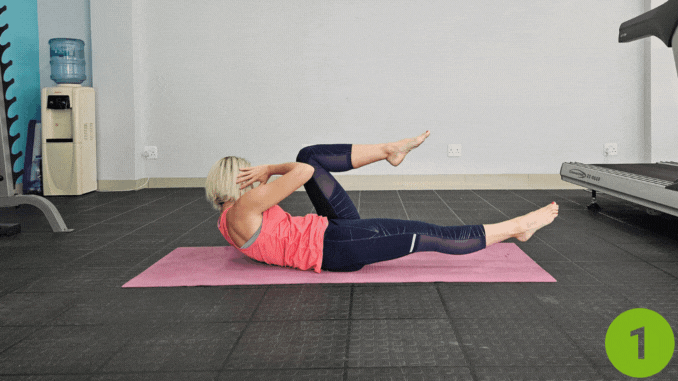
Lie on your back with knees bent and feet flat on the floor.
- Place your hands behind your head, with elbows pointing outward.
- Contract your core. Lift your head, shoulders and feet slightly off the ground.
- Bring your right elbow towards the left leg while simultaneously extending your right leg straight, and aim to touch your right elbow to your left knee.
Return to the starting position and repeat the movement on the opposite side.
3. Side-Lying Leg Raises

- Start by lying on your side with your arm bent on the floor, supporting your upper body.
- Bend your knees bent with your ankles in line with your hips.
- Tighten your core. Lift your leg towards the ceiling.
- Lower your leg and repeat the movement on the opposite side.
4. Mountain Climbers
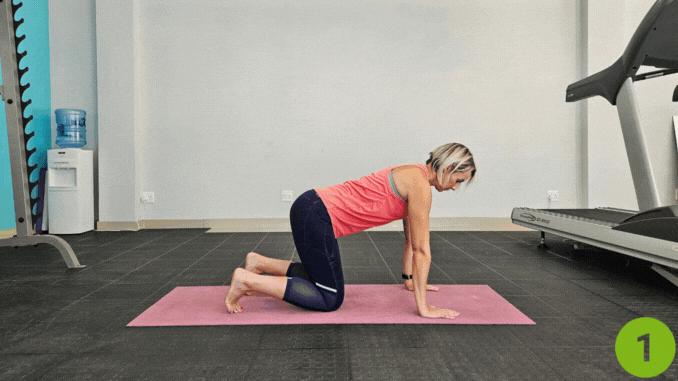
- Move into a four-point position, with your knees below your hips and your hands beneath your shoulders.
- Tighten your core. Move into a full plank position, maintaining proper alignment with your head, shoulders, hips, and toes.
- Bring one knee towards your chest and then switch legs in a running motion while maintaining the plank position.
- Return to the starting position and repeat the movement.
Tip from Dr. Sha Omara: To fight visceral fat, limit highly processed foods and prioritize complex carbohydrates to stabilize blood sugar levels and reduce visceral fat. Dr. Omara stresses that eating clean can greatly lower fat around your organs, boosting energy, improving muscle tone, and reducing the risk of chronic diseases like heart disease and diabetes. A simple change for better health!
Top Foods to Help Reduce Visceral Fat
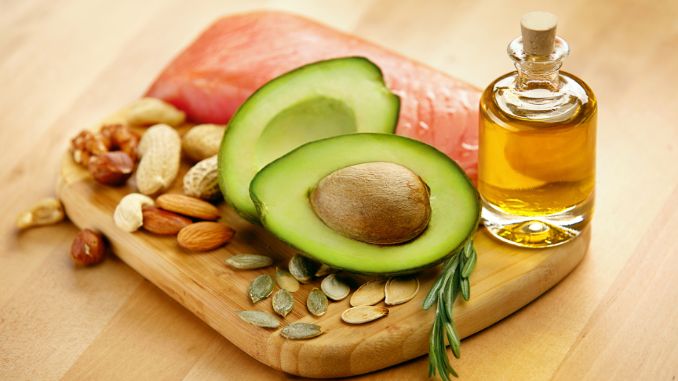
- Lean proteins (chicken, turkey, tofu, fish)
- Vegetables (leafy greens, broccoli, cauliflower)
- Fruits (berries, apples, oranges)
- Whole grains (oats, quinoa, brown rice)
- Nuts and seeds (almonds, chia seeds, flaxseeds)
- Legumes (lentils, beans, chickpeas)
- Healthy fats (avocados, olive oil, nuts)
- Green tea
- Greek yogurt (unsweetened)
- Spices (turmeric, cinnamon, ginger)
Conclusion
Losing belly fat, especially visceral fat, is crucial for better health and reducing the risk of diseases like heart disease and diabetes. While subcutaneous fat is less harmful, visceral fat is more dangerous as it affects vital organs.
Moreover, combining aerobic exercises (walking, running, HIIT) with strength training (planks, crunches, mountain climbers) is considered the best exercise for visceral fat loss. Consistency, along with a balanced diet, sleep, and stress management, will help reduce visceral fat and improve overall health.
FAQ’s
What does science say about losing belly fat?
Science shows that losing belly fat requires a healthy diet, aerobic exercises, and strength training. Reducing calories and focusing on whole foods helps, while regular exercise burns fat.
What is the scientifically proven best way to lose belly fat?
The most effective methods for reducing belly and visceral fat include regular aerobic and strength training exercises—considered the best exercise for visceral fat loss—along with a balanced diet focused on whole foods and consistent lifestyle changes.
What is the best way to lose visceral belly fat?
Cardio exercises like walking or running, along with a healthy diet rich in whole foods, are the best ways to reduce visceral fat.
How do you get a flat stomach scientifically proven?
To get a flat stomach, maintain a calorie deficit, do aerobic exercises, and eat a balanced diet with protein and fiber, while managing stress and sleeping well.
References
1. Sunte, J. (2023). The belly fat problem solving method and analysis. Research and Reviews: Journal of Mechanics and Machines, 5(1). https://doi.org/10.5281/zenodo.7766854
2. Kotzerke, J., & Zöphel, K. (2017). Editorial: Listen to your belly, fat is not your foe! European Journal of Nuclear Medicine and Molecular Imaging, 44(1), 108–109. https://doi.org/10.1007/s00259-016-3539-6
3. Bergman, R. N., Kim, S. P., Catalano, K. J., Hsu, I. R., Chiu, J. D., Kabir, M., Hucking, K., & Ader, M. (2006). Why visceral fat is bad: Mechanisms of the metabolic syndrome. Obesity, 14(Suppl 2), 16S-18S. https://doi.org/10.1038/oby.2006.255


